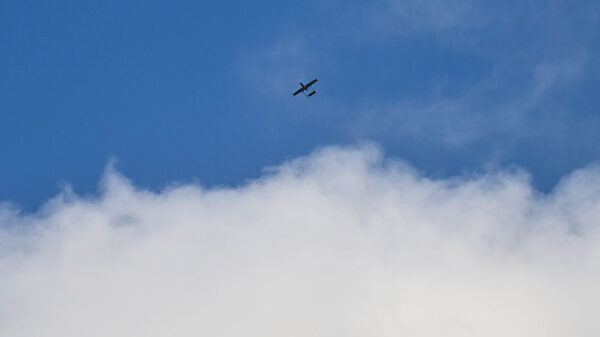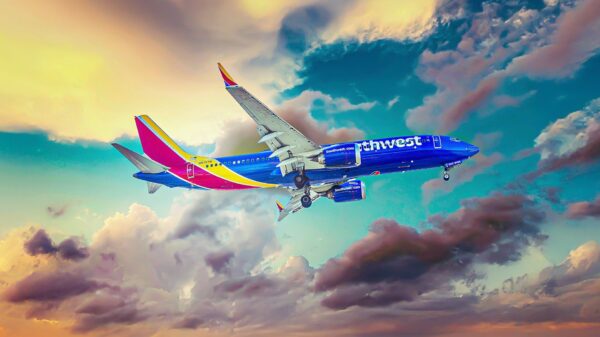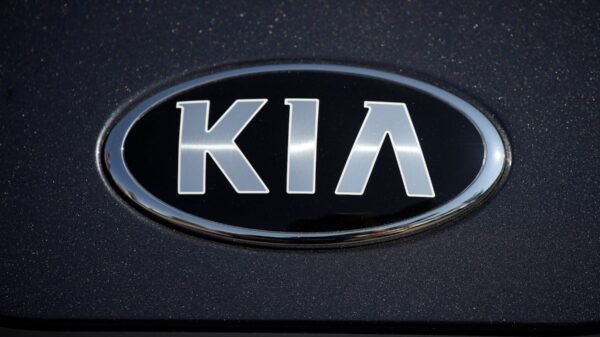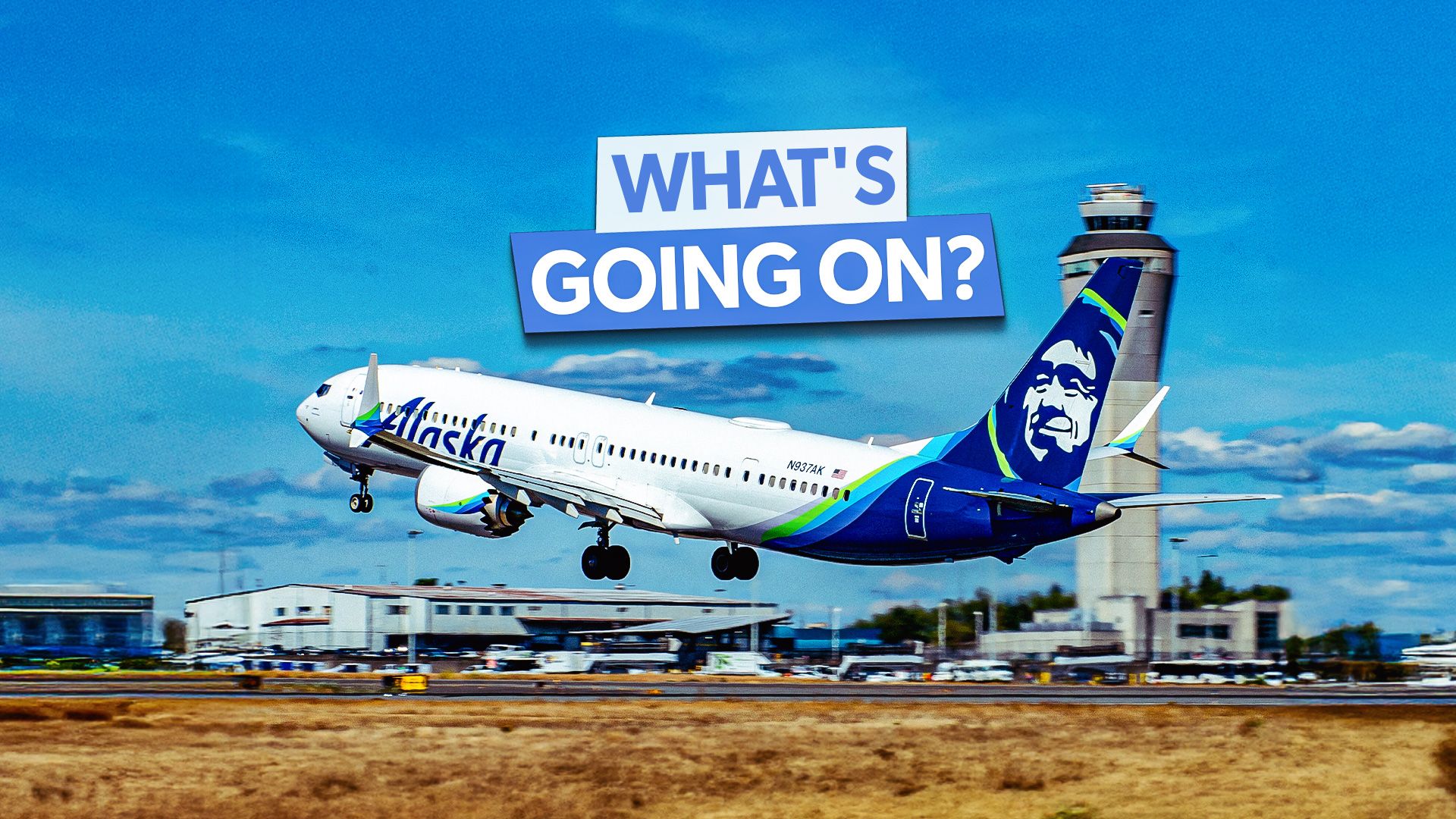A serious incident involving a Boeing 737 MAX 9 forced Alaska Airlines to return the aircraft to Boeing, as the airline now looks forward to the delayed delivery of the Boeing 737 MAX 10. On January 5, 2024, Alaska Airlines Flight 1282 took off from Portland International Airport (PDX) with 171 passengers. Shortly after ascent, the aircraft’s door plug blew out, resulting in a grounding of the MAX 9 fleet and an investigation by the National Transportation Safety Board (NTSB).
The flight, operated by the aircraft with registration N704AL, experienced the incident approximately four minutes after takeoff. Fortunately, all passengers survived, though three sustained minor injuries that required treatment upon landing. The NTSB’s subsequent investigation revealed that the door plug had been improperly installed without bolts prior to delivery from Boeing, a critical oversight that contributed to the incident.
The Boeing 737 MAX 10: A Delayed Future
Alaska Airlines plans to replace the damaged aircraft with the anticipated Boeing 737 MAX 10, which is still awaiting certification. This larger model is intended to compete directly with the Airbus A321neo, which has outsold the MAX 9 nearly five to one. The MAX 10 features stronger wings and upgraded landing gear, allowing it to transport up to 204 passengers in a two-class layout, or 230 in an all-economy configuration.
Boeing has faced challenges in certifying the MAX 10, particularly related to resolving issues with the engines’ anti-ice systems. As it stands, the MAX 10 is not expected to enter commercial service until at least 2026, and Alaska Airlines will not be the first to receive it.
Immediate Aftermath of the Incident
Following the incident, Alaska Airlines grounded its entire fleet of MAX 9 aircraft. Initially, the airline planned to return the aircraft to service after inspections. However, the FAA issued an Emergency Airworthiness Directive, mandating grounding for all 737 MAX 9s equipped with mid-cabin door plugs pending further inspections. This directive affected not only Alaska Airlines but also United Airlines and Copa Airlines, among others.
The NTSB’s investigation, led by Chair Jennifer Homendy, revealed that the pressurization system had auto-failed multiple times prior to the incident. The door plug had moved upwards during flight, leading to its eventual ejection. The investigation concluded that the probable cause was Boeing’s failure to adequately oversee safety protocols during production.
In June 2024, Alaska Airlines formally returned N704AL to Boeing, citing a product defect and seeking a full replacement. It is believed that Alaska may not have paid full price for the MAX 10, viewing the trade-up as compensation for the incident. Boeing has already compensated Alaska Airlines over $160 million for losses resulting from the grounding of the aircraft.
The door plug was later discovered in Cedar Mill, Oregon, along with personal belongings of passengers, underscoring the incident’s severity. Alaska Airlines canceled between 110 and 150 flights daily due to the grounding, but the FAA eventually approved a new inspection process, allowing affected MAX 9s to return to service.
As Alaska Airlines prepares for an evolving fleet, it currently operates a total of 331 active aircraft and has 96 on order. This includes additional Boeing 737 MAX 8s and 63 MAX 10s, which are now projected for delivery between late 2026 and into 2027.
In addition, the airline is expanding its fleet with widebody aircraft, including the Boeing 787-9 Dreamliner, as it seeks to enhance its long-haul capabilities. With a diverse fleet primarily comprising Boeing aircraft, Alaska Airlines continues to adapt to the changing dynamics of the aviation industry, ensuring safety and reliability for its passengers.








































































